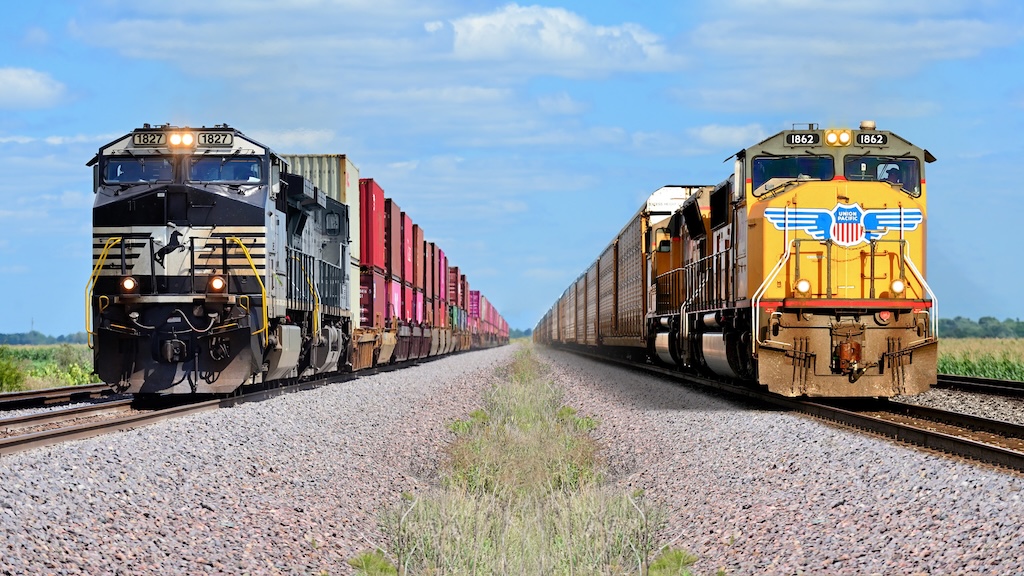
OMAHA, Neb. — The proposed Union Pacific and Norfolk Southern transcontinental merger could lead to nearly 10% traffic growth by 2030 — a significant turnaround for railroads that have yet to rebound to their pre-pandemic volume levels.
UP and NS did not provide traffic growth projections as part of their July 29 merger announcement.
Rather, they said the combination would produce $2.75 billion in synergies, with $1 billion coming from productivity and cost savings and $1.75 billion coming from growth.
That $1.75 billion figure, however, was not revenue, the traditional yardstick for measuring merger-related growth. Instead, it referred to earnings before income taxes, depreciation, and amortization, or EBITDA.
“That means the expected revenues jump to $3 billion plus,” independent analyst Anthony B. Hatch wrote in a note. “Since $3 billion-plus is much bigger than $1.75 billion, it’s a wonder why they buried the lede.”
Either way, the financials allow analysts to back into a traffic growth number using a formula that takes into account the railroads’ combined revenues and EBITDA as well as their combined average revenue per carload and intermodal unit.
Rick Paterson, an analyst with Loop Capital Markets, says that his back-of-the-envelope math shows UP-NS revenue growth would top $3.48 billion as traffic grows 9.9% — or 1.55 million additional loads — by year three of the merger.
The railroads’ merger application, which will be filed with the Surface Transportation Board between Oct. 29 and Jan. 29, will detail traffic projections, including how many truckloads the railroads believe they can convert to intermodal and carload business. The railroads expect to close on the $85 billion transaction by early 2027.
UP CEO Jim Vena and NS CEO Mark George have said the combined company will deliver faster, more comprehensive freight service by eliminating interchange delays, opening new single-line routes, expanding intermodal service, and reducing distance and transit times.
George says the initial earnings growth expectations likely underestimate the potential of the transcontinental system, should it gain regulatory approval.
Both railroads have struggled to return to 2019 volume levels. In 2024, UP’s traffic was down 2.7% compared to the pre-pandemic 2019, while NS volume was off 7.1% over the same stretch.
Overall North American 2024 rail freight volume was down 4.4% since 2019, according to Association of American Railroads data. Carload traffic was down 7.8%; intermodal declined 0.92%; and coal sank 24%.
For the first half of 2025, UP’s volume is up 5%, putting it nearly even with the halfway mark of 2019, with volume off by just 0.3%. Norfolk Southern’s first-half volume was up 2% but still remained 8% behind the first six months of 2019.






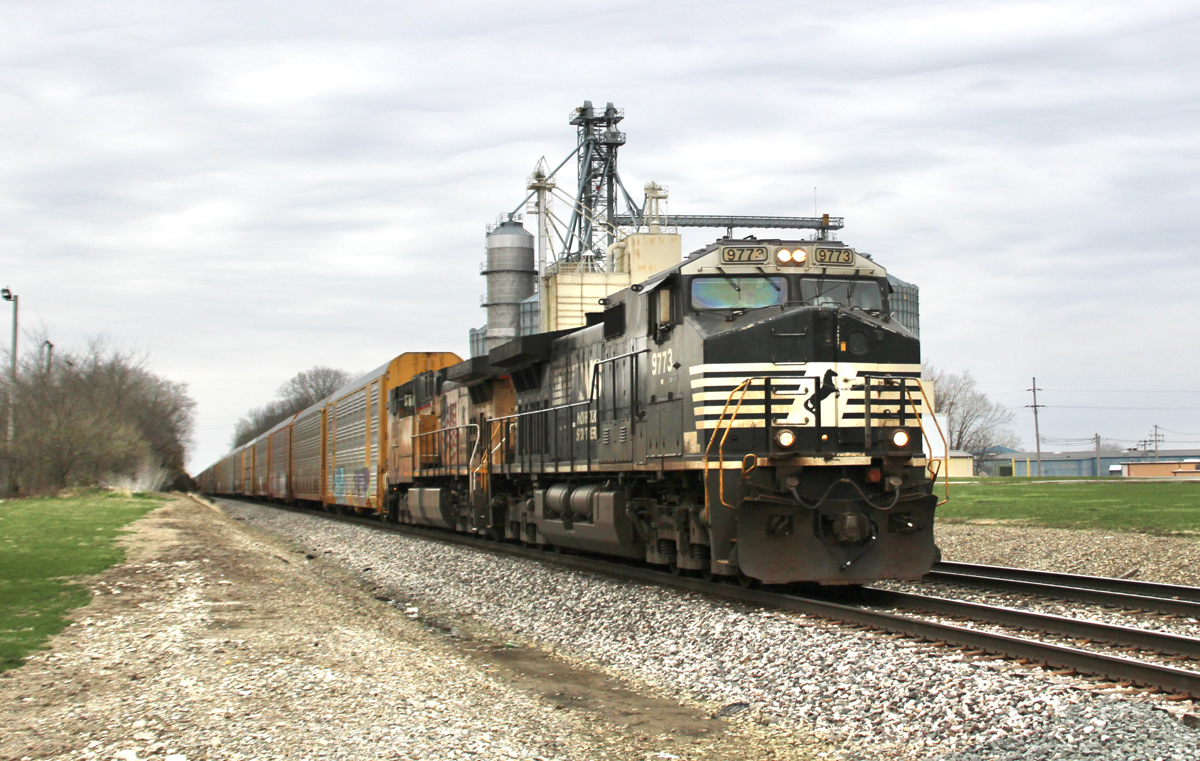
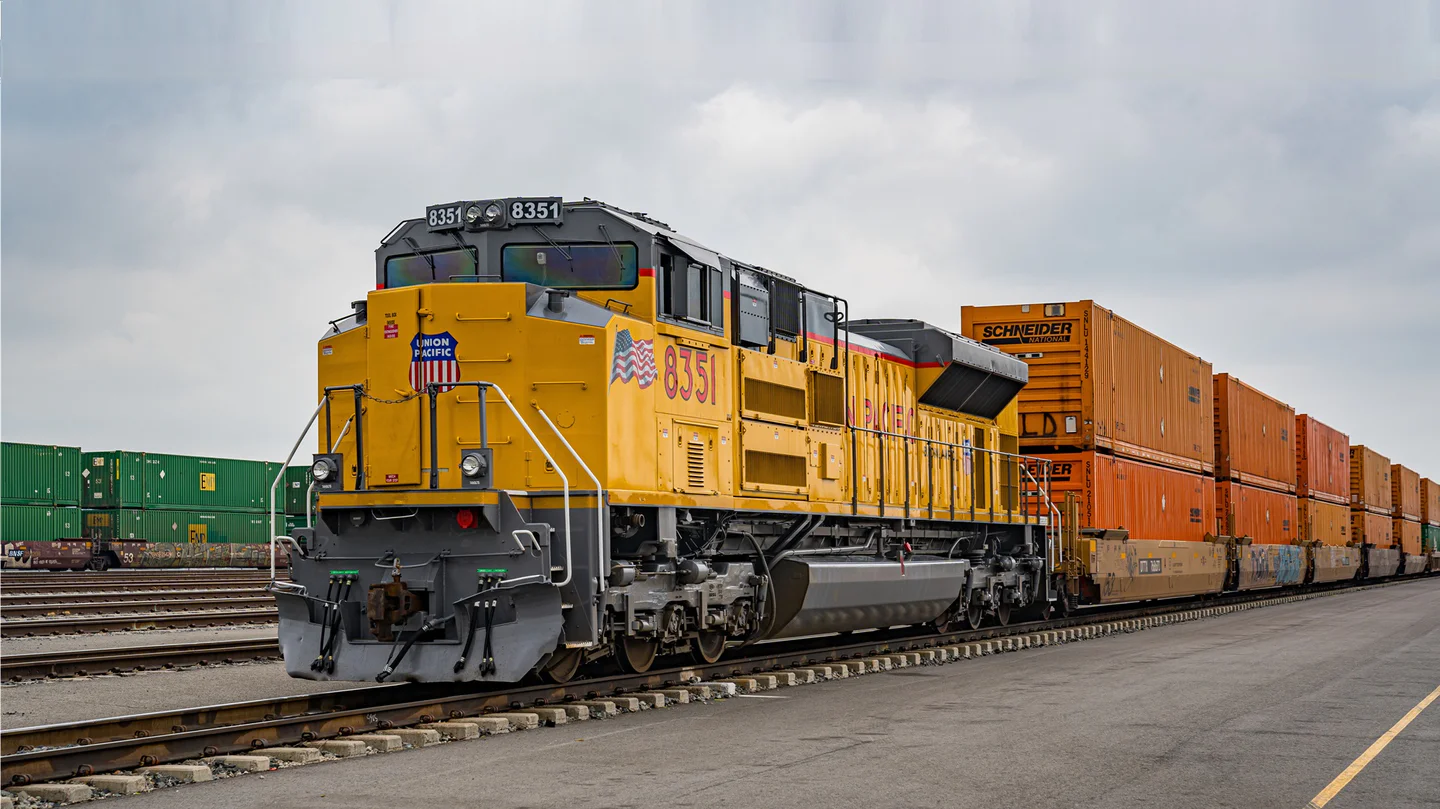
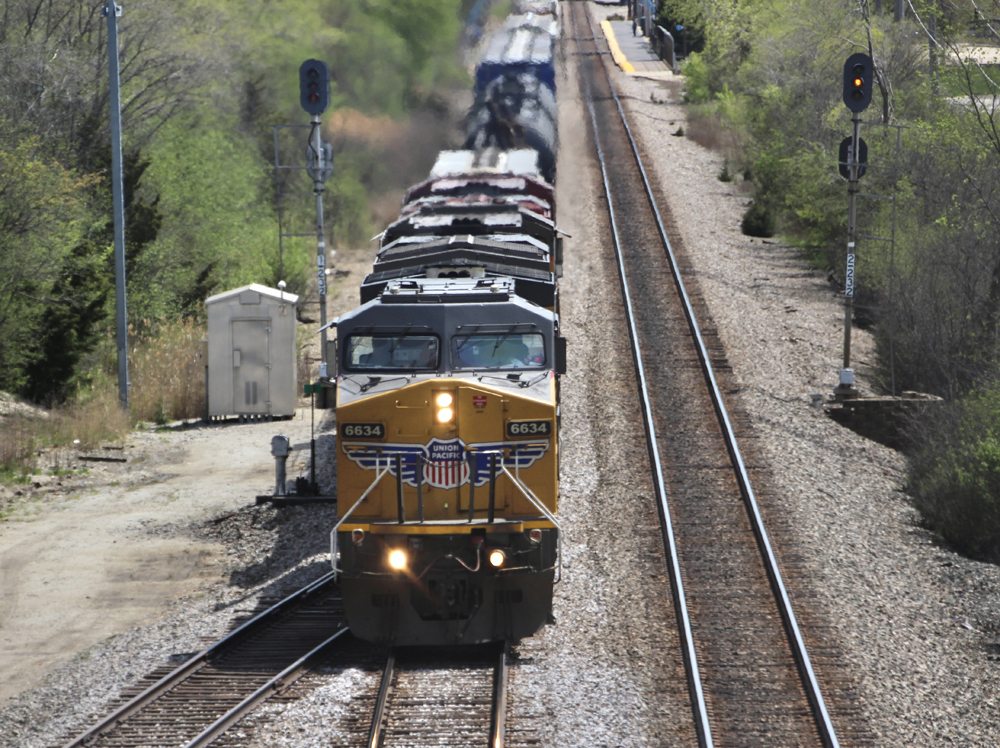
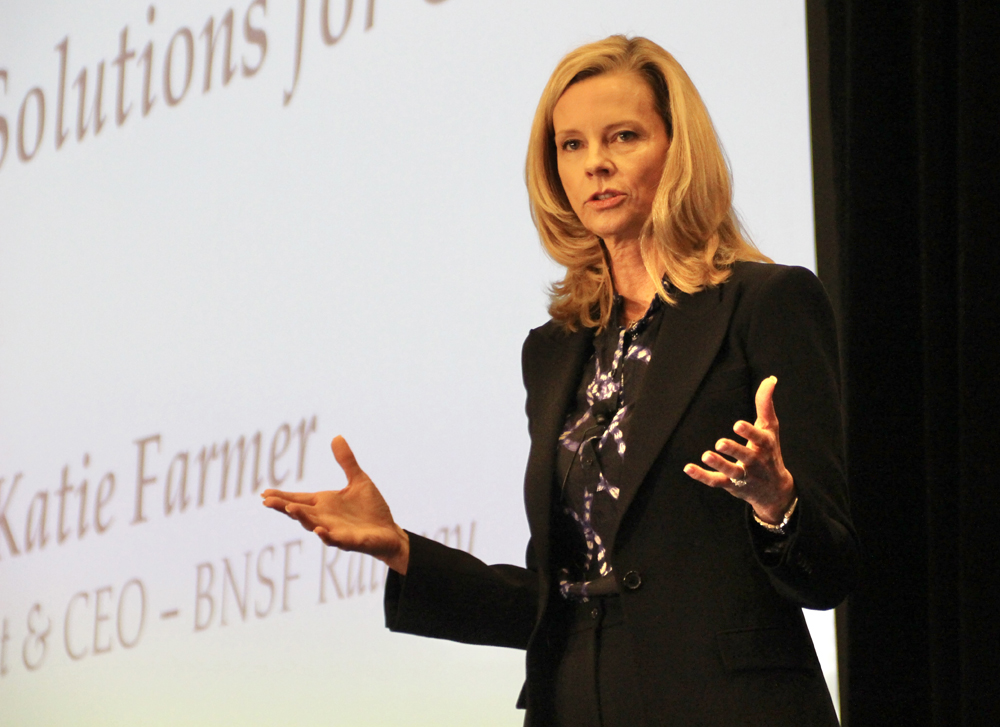
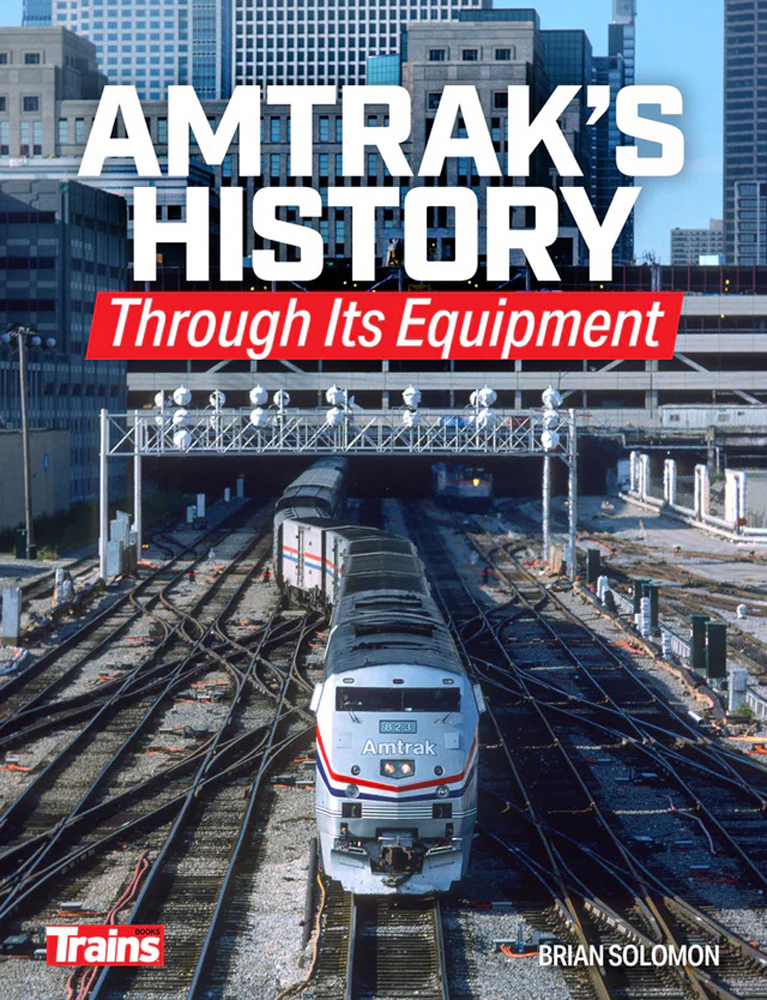
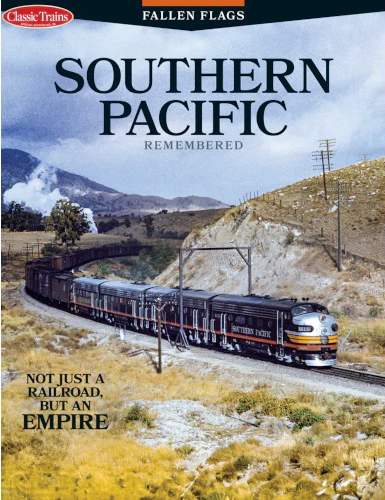
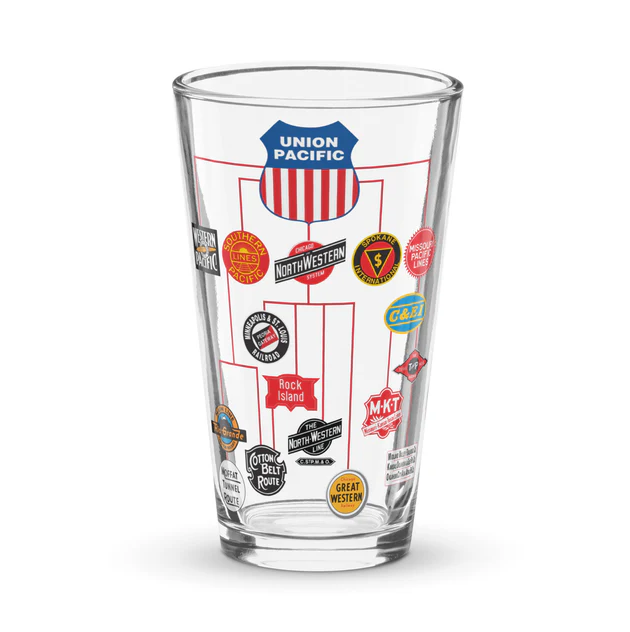
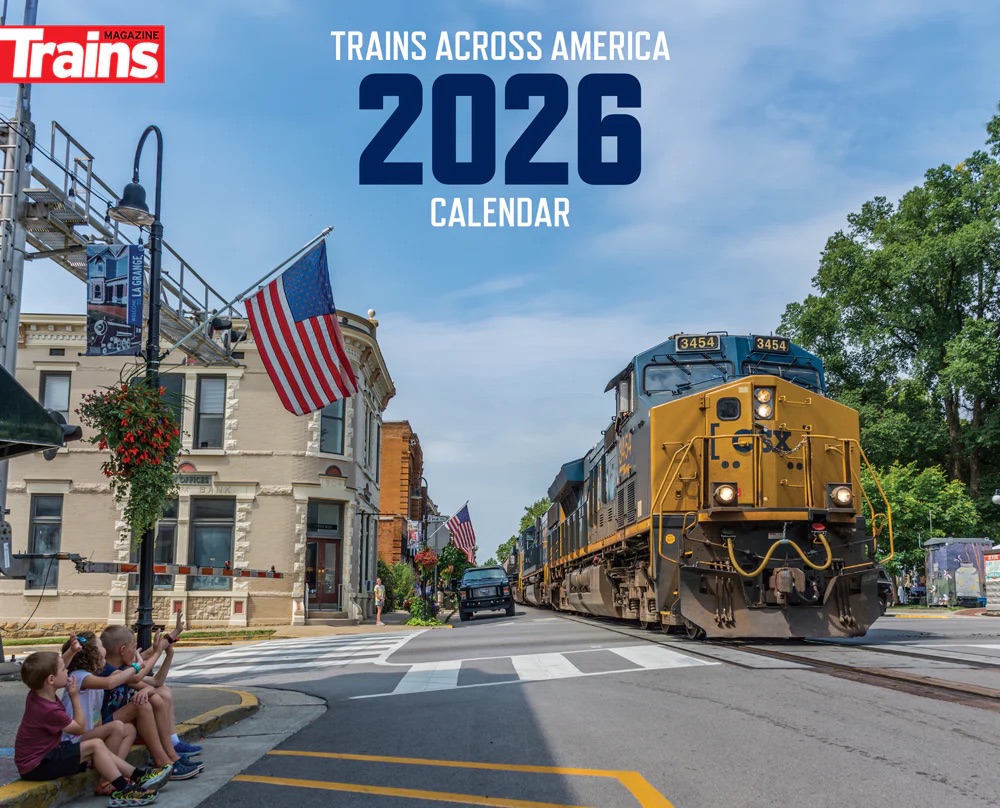
Are they counting on gaining any short-hauls over the current interchange points via the merger?
Will the Billion dollars in savings come by closing the Atlanta HQ? Or closing Altoona, too?
A post merger bump perhaps, but it would start trending back down as cost cutting and Class 1 indifference begin to take hold.
There is a an easier way than “tolling the interstate” which penalizes passenger vehicles which are already paying Federal excise taxes on Gas and auto appliances… Trucks pay state fees but no national ones. So, do like the railroads and attach truck Identifying “gray bar” AAR type tags on truck cabs and install tag readers after every on ramp or at specified intervals on non interstate US highways. That would allow for measurement at regular intervals and charge every transport vehicle as a condition of licensing. With AI, it should be an easy way to collect money and information. Plus it would provide back-up information in case of disputes or searches for rogue trucks…
The cocktail napkin short analysis produced the Laffer Curve. While I agree with the broad “synergies” claim in the UP–NS merger, I’m skeptical of the old “truck diversion” argument. Shifting freight from highway to rail doesn’t happen because maps look better in a press release — it happens when trucking becomes more expensive than rail on a total-cost basis.
And here’s the structural problem: highway carriers enjoy federally subsidized “free” interstates. Railroads must maintain every mile of their own infrastructure, while truckers roll on a publicly funded road network with no direct charge for maintenance of way, bridge repairs, or patrols. As long as that imbalance exists, rail will always be fighting an uphill price battle. If policymakers truly want modal shift, toll the entire Interstate Highway System. Price roads as the revenue assets they are, and those UP–NS service gains — faster single-line moves, eliminated interchanges, new intermodal capacity — become economically decisive rather than aspirational.
Stephens’ math assumes the 1.55 million “additional loads” are a natural byproduct of merger efficiencies. In reality, those gains require disciplined execution: reduced dwell that actually sticks, intermodal priced to win against trucking, and velocity improvements that survive crew and capital constraints. Without that, the traffic projections risk being more optimism than outcome.
Geography matters too. This “transcontinental” still leaves big holes. Florida East Coast (NS) plugs one gap cleanly, and Iowa Interstate (IAIS) would strengthen either camp — though it maps better into a BNSF system. Don’t forget Canadian Pacific Kansas City and Canadian National, both of which have motive and means to insert themselves. Neither will sit quietly while two U.S. giants redraw the chessboard. The moment one cross-border carrier makes a move, every map changes again.
In short: the synergies are plausible, the growth math is tidy, but the truck-diversion story is built on a cost structure Congress has no appetite to fix. Without tolling, UP–NS may get bigger and more efficient — but it won’t fundamentally change the rail–truck balance. And in the competitive scramble to come, shortlines and Canadians may matter just as much as the headline merger partners.